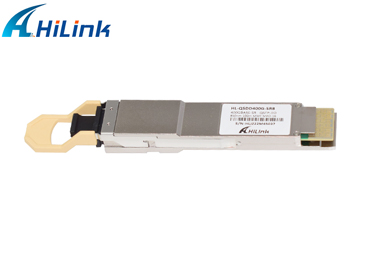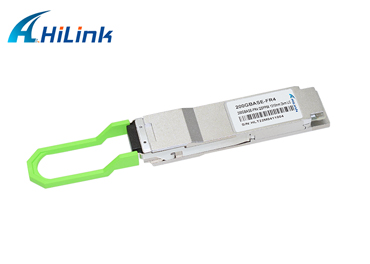When Should I Replace My SFP?
May. 23, 2023
SFP (Small Form-Factor Pluggable) modules are widely used in networking to provide connectivity and transmit data over optical or electrical cables. While SFP modules are designed to be durable and long-lasting, there are several factors to consider when deciding whether to replace them. In this guide, we will discuss key indicators that suggest it may be time to replace your SFP modules.
End of life or end of support: Manufacturers typically provide an estimated lifespan for their SFP modules, which can vary depending on the model and usage. It's important to check if your SFP module has reached its end-of-life or end-of-support date. Once a module reaches this point, the manufacturer may no longer provide updates, firmware upgrades, or technical support. In such cases, it's recommended to replace the module to ensure optimal performance and compatibility with future network upgrades.
Performance degradation: Over time, SFP modules may experience performance degradation. If you notice a decrease in network performance, such as slower data transfer rates, intermittent connectivity issues, or increased packet loss, it could indicate a problem with the SFP module. Before replacing the module, ensure that the issue is not caused by other network components or configurations. If the problem persists and cannot be resolved through troubleshooting, it may be time to replace the SFP module.
Physical damage or wear: Physical damage or wear can significantly impact the performance and reliability of SFP modules. Inspect your SFP modules for any signs of physical damage, such as bent or broken connectors, scratched or chipped optical interfaces, or loose components. Additionally, check for wear on the electrical contacts or pins. Physical damage or wear can lead to poor connections, signal loss, or even complete failure. If you observe any such damage, it's advisable to replace the module.
Error messages or fault indicators: Pay attention to error messages or fault indicators related to your SFP modules. Network devices often provide alerts or log error messages when they detect issues with SFP modules, such as high bit error rates, temperature warnings, or compatibility problems. These messages indicate potential problems with the module that may require replacement. Consult the device documentation or contact technical support for further guidance on troubleshooting and replacement.
Incompatibility with network upgrades: As network technologies evolve, there may be situations where your existing SFP modules become incompatible with new networking equipment or standards. For example, if you are upgrading to higher data transfer rates or migrating to a different network architecture, your current SFP modules may not support the new requirements. In such cases, you will need to replace the modules with ones that are compatible with the upgraded network infrastructure.
Changes in network requirements: If your network requirements have changed, it's important to reassess the suitability of your current SFP modules. For instance, if you need to extend the network distance beyond the capabilities of your current SFP modules, you may need to replace them with modules that support longer reach or different types of optical fibers. Similarly, if you require additional features or functionalities that your current modules do not offer, replacement may be necessary.
Routine maintenance and upgrades: Regular network maintenance and upgrades present an opportunity to evaluate the condition and performance of your SFP modules. During scheduled maintenance, consider inspecting and testing your SFP modules to ensure they are functioning properly. If any issues are identified or if the modules are outdated, it's recommended to include their replacement as part of the maintenance or upgrade process.














